by Mike Gulett –
The Dutch car maker, Spyker, is one of the most distinctive marques in the modern supercar universe. From its rebirth in 1999 to its struggles in the 2020s, the company has consistently pursued a philosophy of artistic craftsmanship, aviation-inspired aesthetics, and beauty—deliberately setting itself apart from high volume luxury automakers.
Spyker cars do not look like any other cars.
Spyker’s identity is in its aviation heritage, dating back to when the original Spyker company produced aircraft during World War I. This influence is immediately apparent.
Exteriors often feature sleek, aerodynamic bodies with polished aluminum accents and side-mounted propeller emblems.
Cabins resemble vintage aircraft cockpits, filled with engine-turned aluminum dashboards, toggle switches, and quilted leather interiors stitched by hand. And the original models had a steering wheel that looked like an airplane propeller until they realized they needed to install an airbag in the steering wheel.
A defining signature is the exposed gear linkage, which runs along the center console like a functional sculpture. The result is a driving experience that feels visceral and bespoke, almost theatrical, as if the car were more a work of art than a car.
Spyker’s core product family centers around the C8 series, with several variations over two decades.
I test drove a C8 Spyder when they were first introduced about 25 years ago and was impressed by the craftsmanship, styling and performance. They are not the fastest exotic on the road but they are plenty fast enough for me. And yes, I do wish I had bought one then.
C8 Spyder (2000)
The first car of the reborn Spyker.
Powered by a 4.2-liter Audi V8, paired with a 6-speed manual.
Lightweight aluminum chassis and body.
0–60 mph in around 4.5 seconds.
C8 Laviolette
A fixed-roof coupe variant of the Spyder.
Features a glass canopy inspired by fighter jets.
Luxurious and visually arresting—intended for grand touring as much as performance.
C8 Aileron (2009)
Longer and wider – evolved from the C8.
Improved aerodynamics and handling.
Offered with an automatic transmission.
C12 Zagato (2007)
A one-off collaboration with Italian design house Zagato, revealed at the Geneva Motor Show.
Powered by a 6.0-liter W12 engine from VW.
Extremely limited availability – never reached series production.
Spyker Summary
Despite their striking looks, Spyker cars never competed directly with the likes of Ferrari, McLaren or Lamborghini on raw performance. Instead, they catered to collectors seeking something exclusive, tactile, and romantic.
Spyker positioned itself not as a mass producer of supercars, but as a coachbuilder in the modern age—more akin to Horacio Pagani than to Enzo Ferrari. Cars were assembled by hand in extremely small numbers—fewer than 300 C8s were made over two decades.
Each vehicle was built to order, often with custom upholstery and bespoke finishes. This commitment to individuality made them prized among a small clientele that valued artistry over performance.
Despite its artistic vision, Spyker was plagued by:
– Chronic undercapitalization
– Low production volume
– The high-profile but disastrous acquisition of Saab from General Motors in 2010
After Saab’s collapse and years of lawsuits and insolvencies, Spyker declared bankruptcy again in 2014 and intermittently in the years following. Various revival attempts—including plans for electric or hybrid cars—have failed to materialize.
Even though Spyker never achieved the global reach of its Italian or German rivals, it remains a cult brand, celebrated for its bold design, unique spirit, and commitment to craftsmanship.
Spyker’s Latin motto—“Nulla tenaci invia est via”, or “For the tenacious, no road is impassable”—encapsulates the brand’s trajectory, or planned trajectory, anyway.
The Paddock
There will be Spykers on display at The Paddock on Friday, August 15, 2025 from 3:00pm to 8:00pm during Monterey Car Week.
If you have never seen a Spyker in person you will want to go to this event, you will not be disappointed by Spyker.
Let us know what you think in the Comments.
Research and some text by ChatGPT 40.
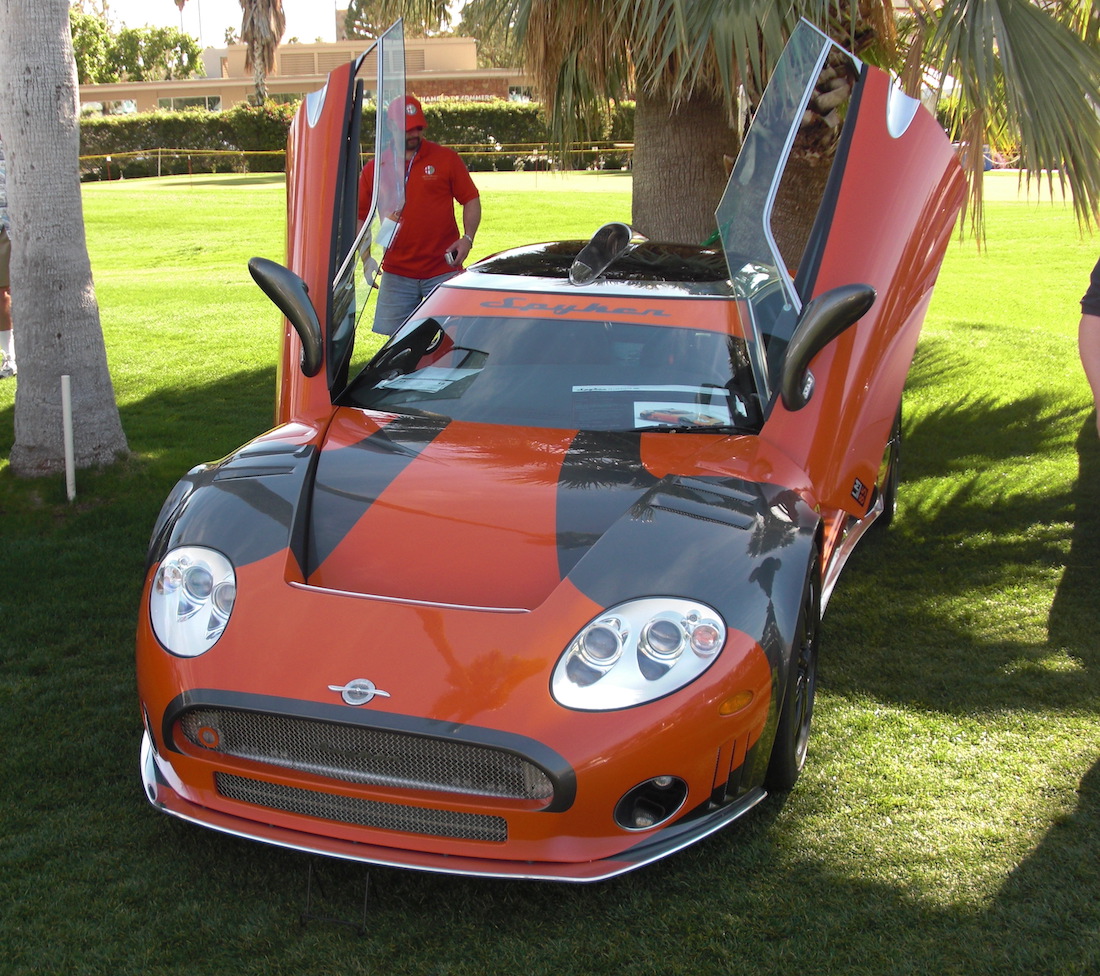
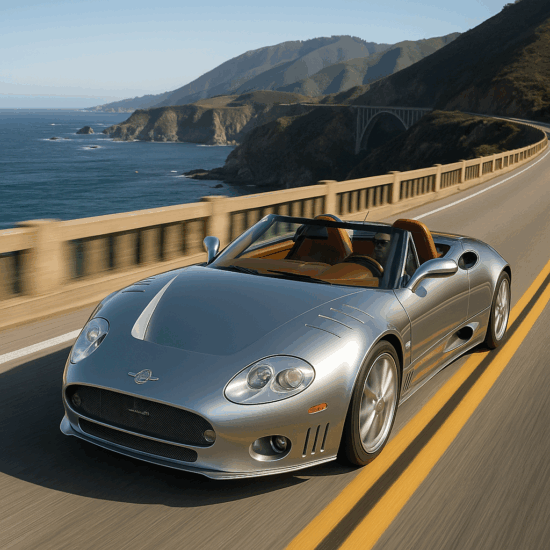
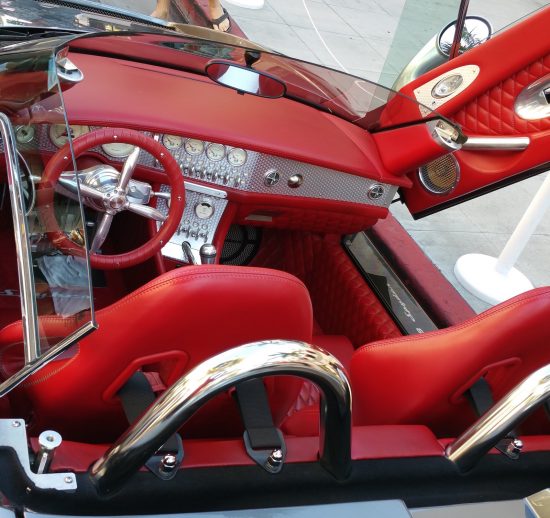
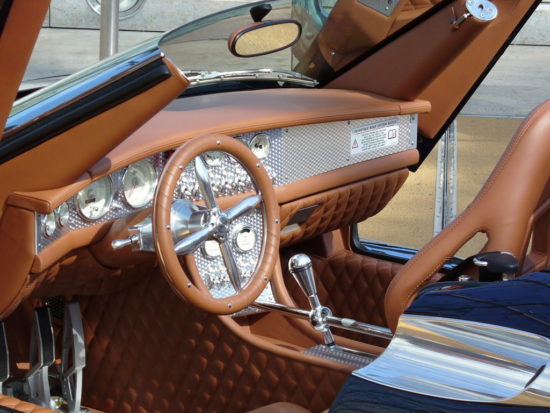
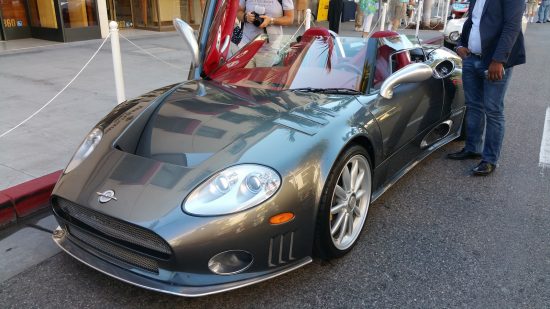
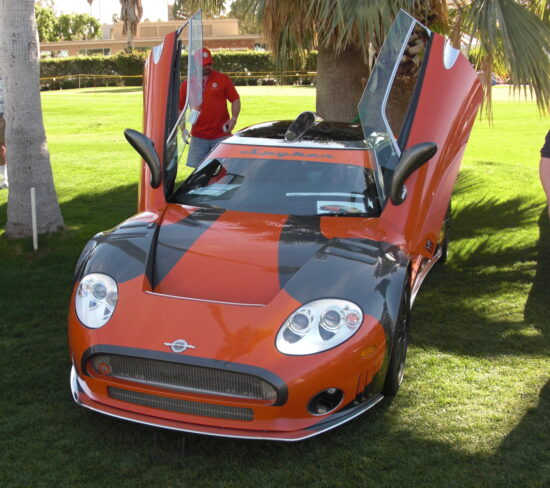
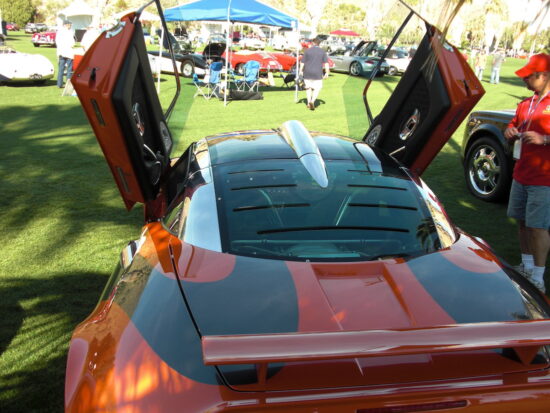
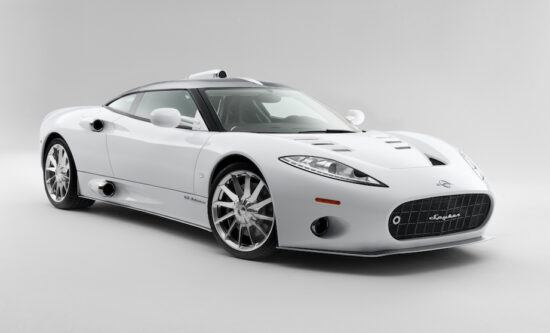
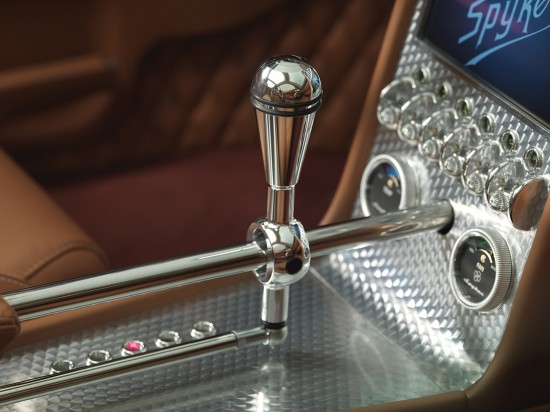
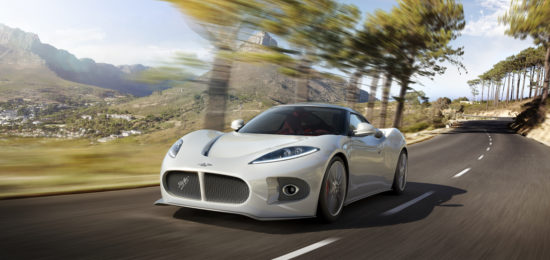
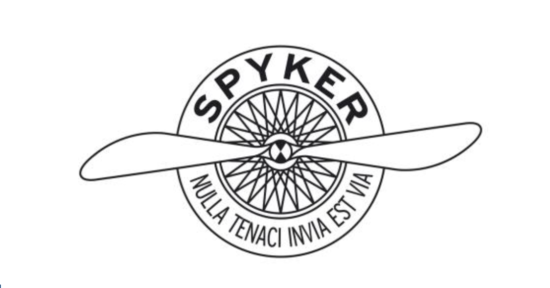
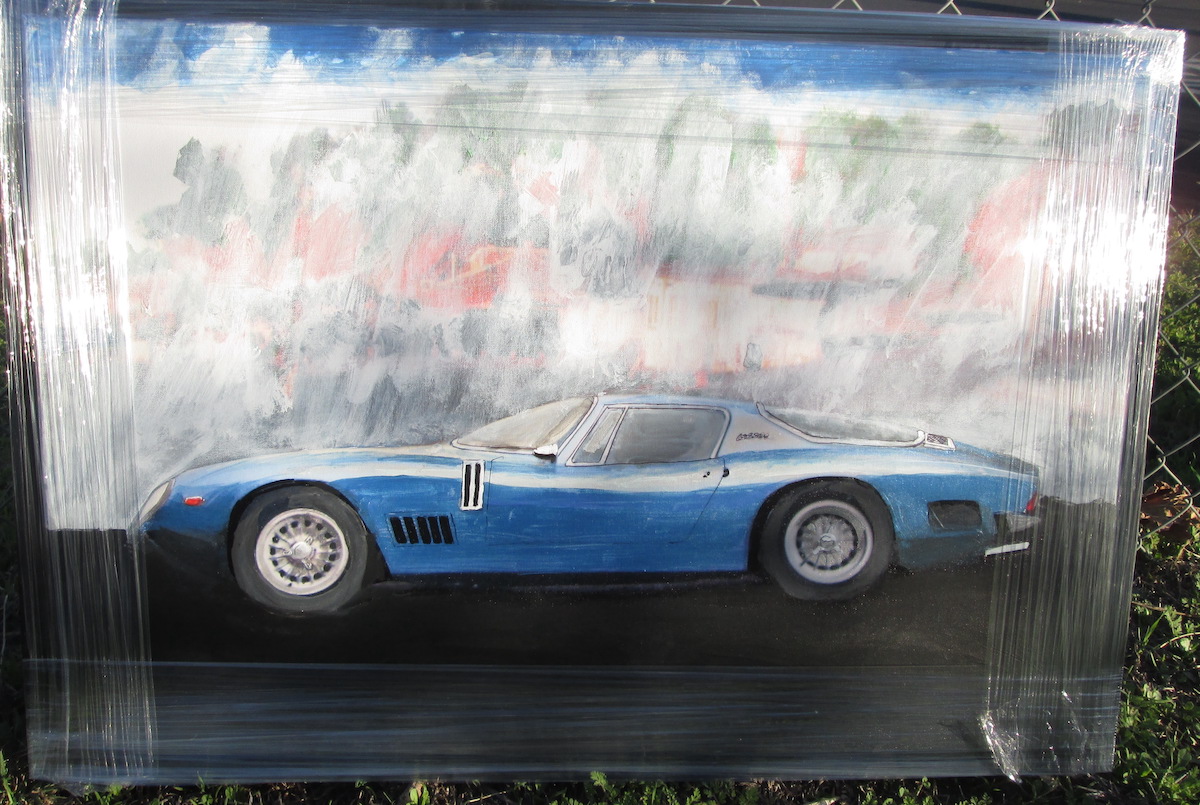

It’s quite obvious that the quality control on the Spyker models was incredible. It reminds me of the Swiss-made Monteverdi, especially the Monteverdi Hai or the Isdera Imperato coupe. The Hai had the powerful Chrysler 426 Hemi V-8 and the Imperator just looked like it was ready to begin the LeMans 24 hour race or a CanAm race against McLarens and Chaparrals.These two cars really just reeked of quality but weren’t very successful.
We are celebrating the 25th Anniversary of Spyker at The Paddock Monterey. The largest gathering of Spykers was 15. We are WELL on our way! The Spykers will remain in place overnight at Bayonet Black Horse and be a part of our Concorso Italiano Global Exotics display in the same location the next day. Register a car to display or buy tickets here: http://www.thepaddockmonterey.com